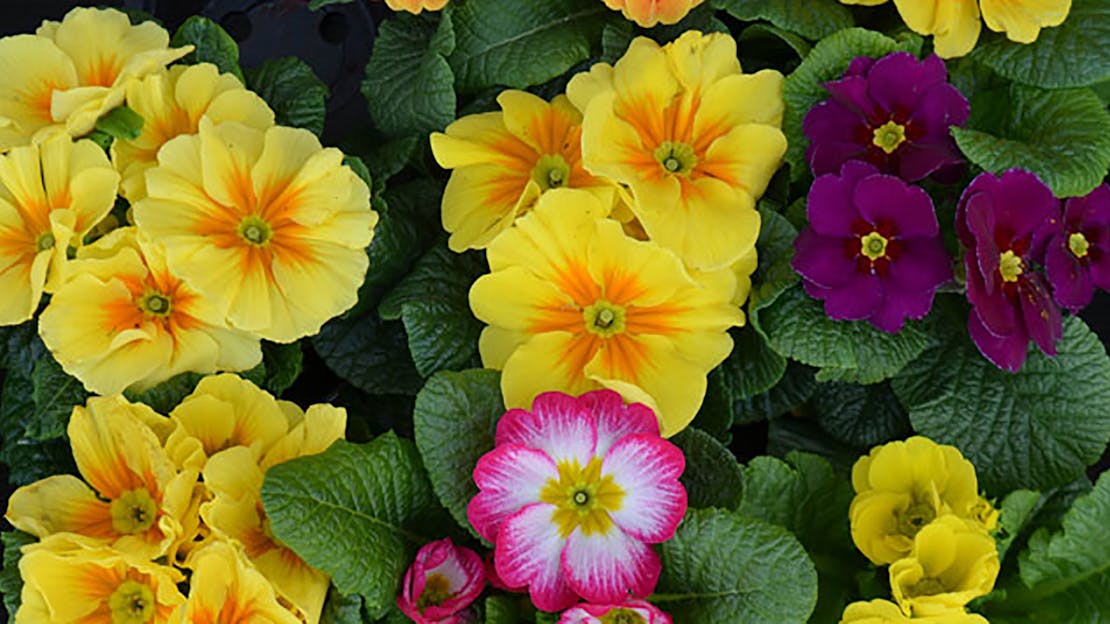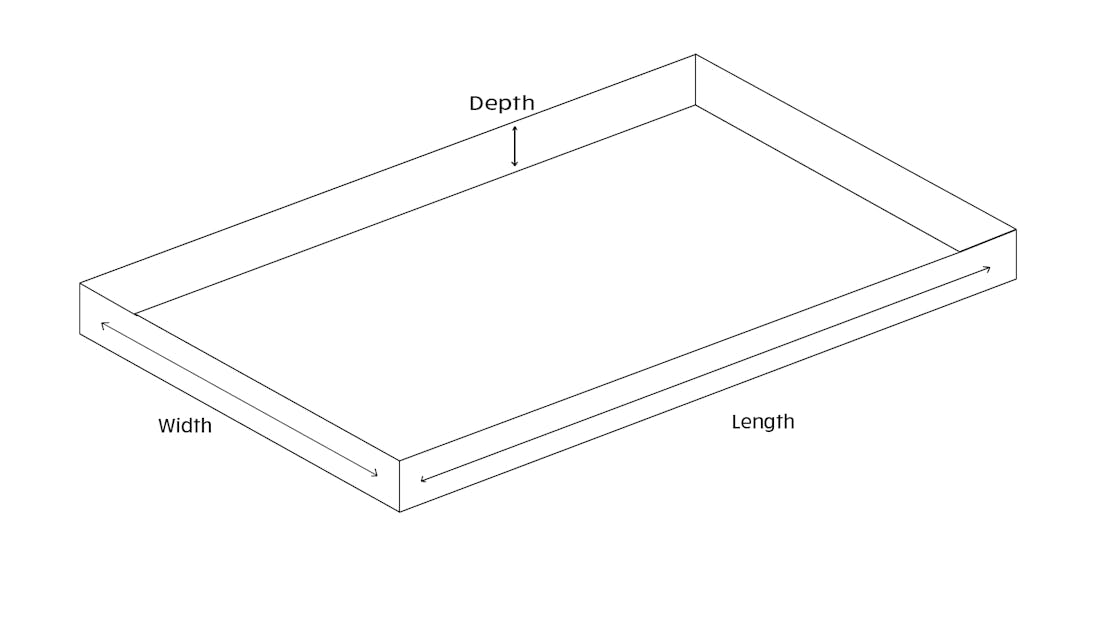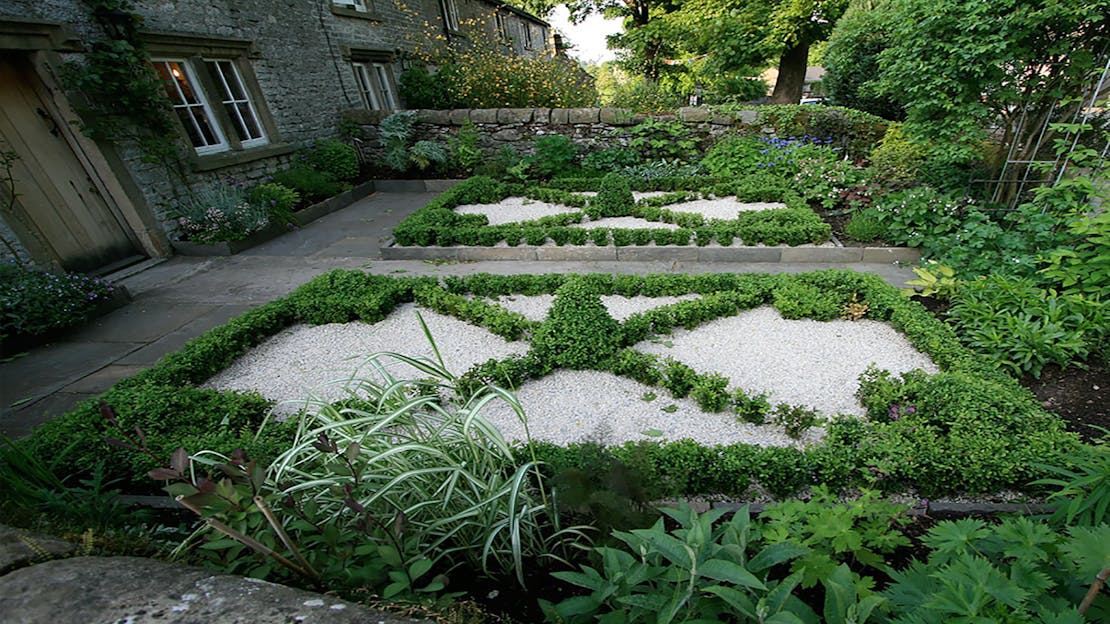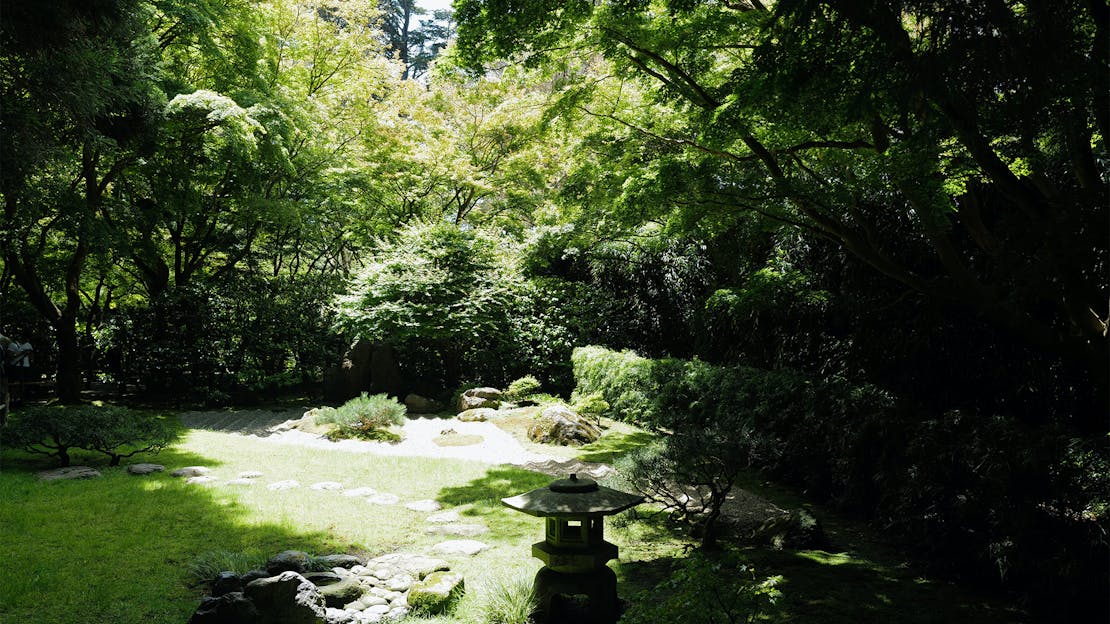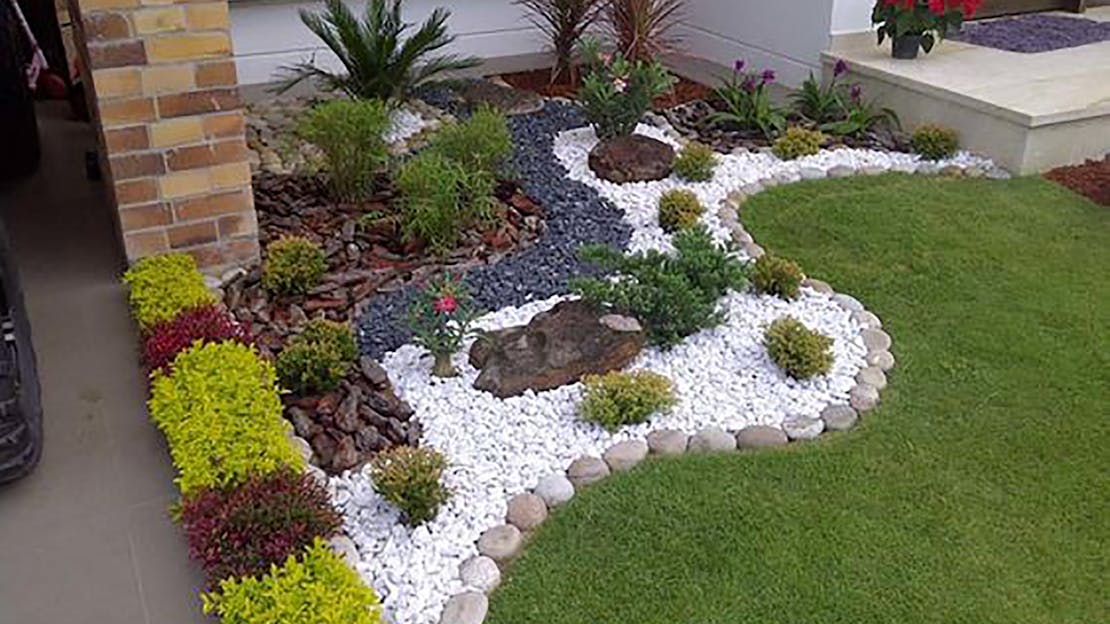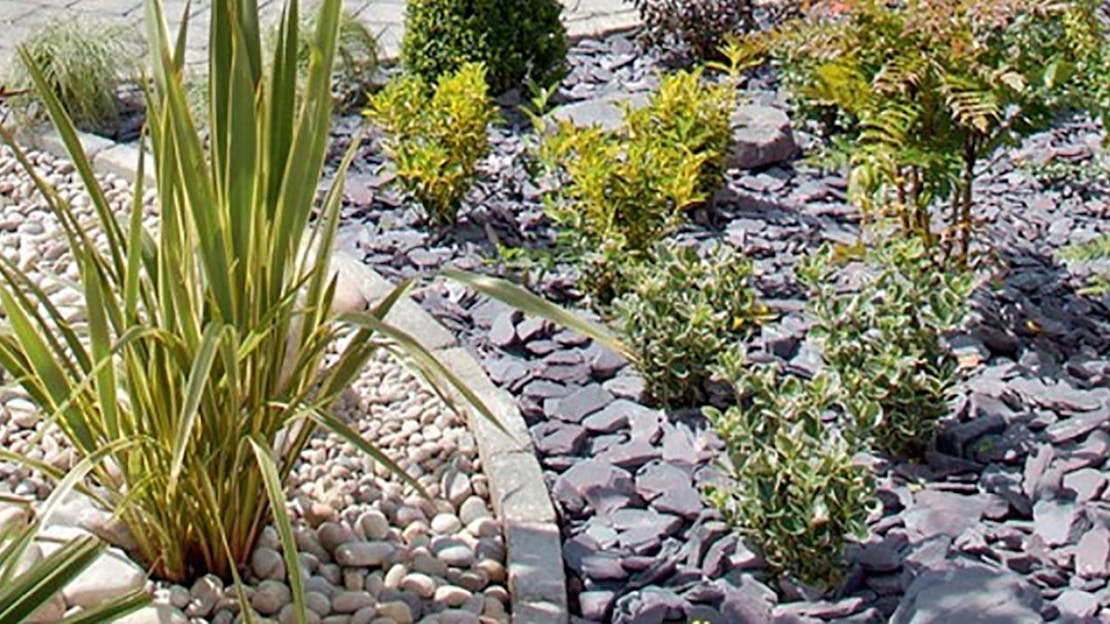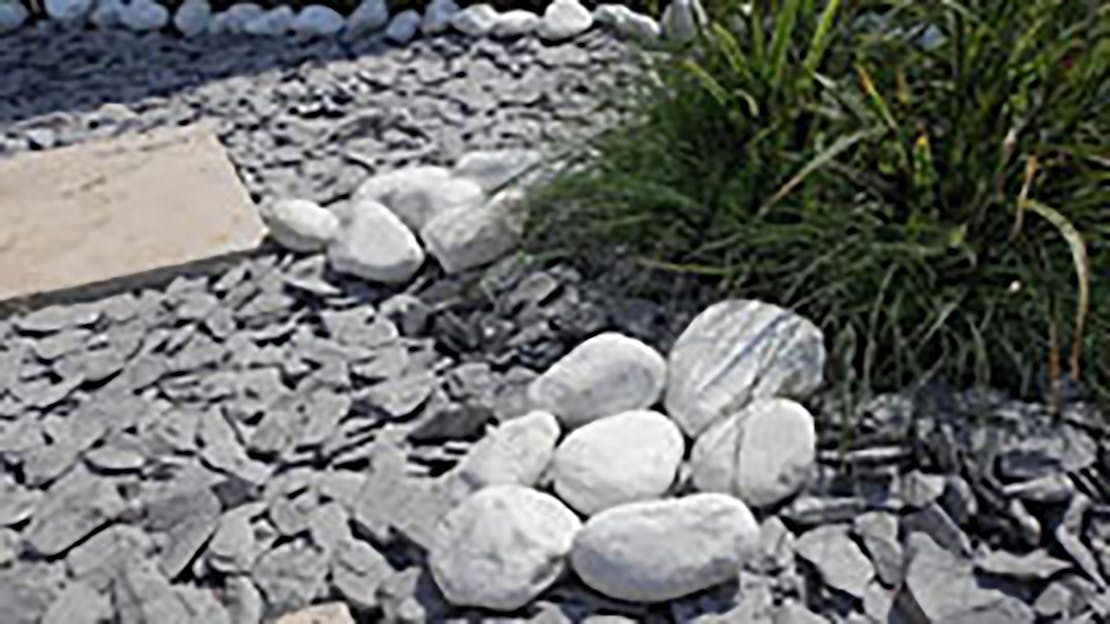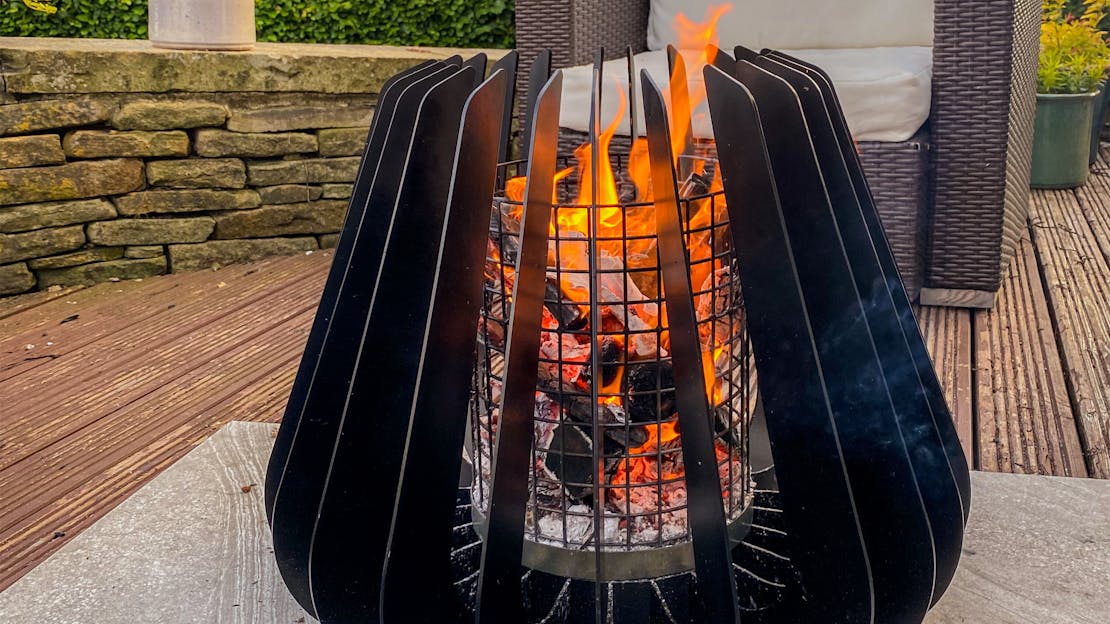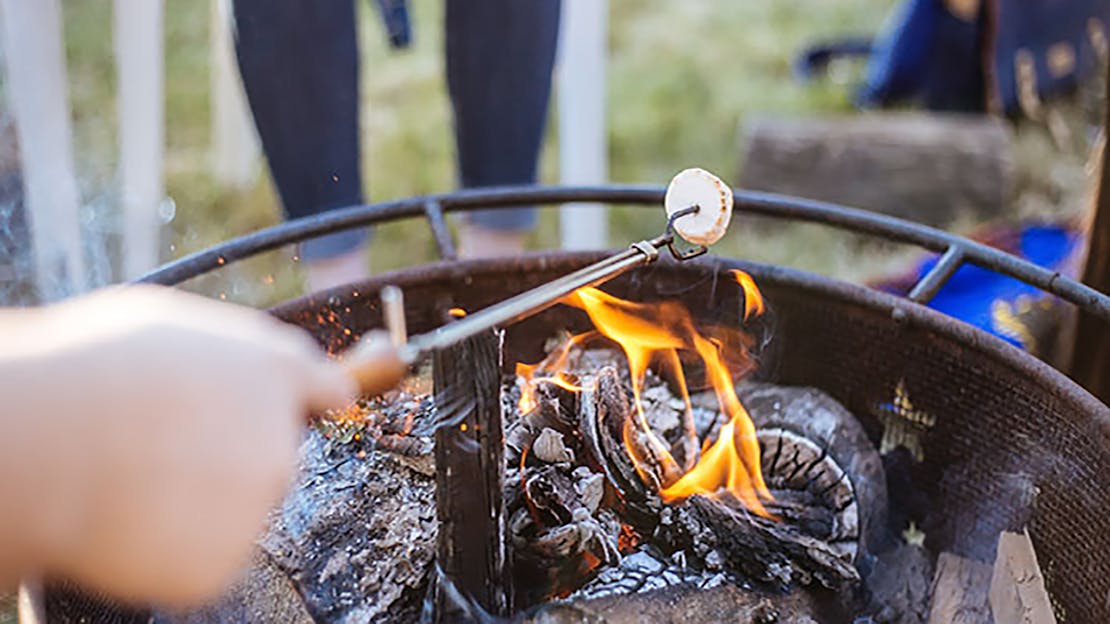
Seasonal Planting: What Can You Plant?
When it comes to your garden and keeping it fresh and vibrant, it can be hard to know what to plant. As a plant that will flourish in spring, might wilt if you were to plant it in autumn. So in this guide we’ll go through the different seasons and what can be planted when, to give your garden that new lease of life.
What Can You Plant In Spring
Spring is a great season for planting, as there is a huge variety of options and most plants will do well, when planted at this time of year. Although you need to make sure the plants are fully hardy if you are planting them before the last frost. Starting with spring flowering annuals, which can still be planted at this time of year if you didn’t plant any earlier. So plants like tulips, begonias, lobelia, snap dragons etc. If you are planting these in spring, then it is best to find young plants that are about to bloom.
It is also a great time to be planting vegetables that will grow over spring to then be harvestable come summer. So vegetables like tomatoes, spinach, beetroot, carrots and many more yummy summer vegetables. Spring can also be a great time to plant trees, just find a suitably sunny spot and tie your young tree to a tree stake to help it keep supported while growing.
Another option to plant come spring are bare rooted plants. So plants like hedges and fruiting bushes, as the weather should now be warmer; meaning the ground won’t freeze. Although these plants will need a little bit of help in the form of mulch, which should be layered over the soil to help them retain their moisture and protect them from any surprise frosts.
Finally you can plant some perennials for next year. Even though they won’t be ready this spring. If you plant them now, they will be able to properly root and flourish come next spring. And better yet, these plants will last year after year.
What Can You Plant In Summer
During Summer a lot of the plants that will bloom and become vibrant will need to have been planted earlier in the year. But there are still some exceptions to this, starting with summer bedding plants. These will still need to be planted as early as possible in summer, asters, begonias and nemesias are all popular summer bedding plants; but there’s plenty more to choose from. The best month to start these from is June, as this is late enough to have missed the last frosts, while still being early enough for you to enjoy your bedding plants.
Additionally you can also plant some perennials that will excel at this time of year, generally the bright colourful perennials will do better. Plants such as Verbena, Hibiscus, Echinacea to name a few. Make sure to water them regularly to help their roots establish. Tropical plants can also be planted in summer, although you will have to be careful with them. As they will have to be lifted out of the soil come the first frost.
While a lot of your vegetables planted in spring will now be cropping, so take a look over them for any bountiful pickings. While you can also be planting up any herbs you have, such as basil, parsley or coriander. Which will continue to grow quickly, both inside and outside! Finally there are also a few perennials that you can be planting that will still do well at this time of year. Perennials that will do well include lupins, roses, salvias, delphiniums and philadelphus.
What Can You Plant In Autumn
While you wouldn’t imagine there is a lot to plant in autumn, there is actually a surprising amount of options. As a lot of the plants you will plant at this time of year, will bloom and become vibrant come spring and summer. Starting with some autumn bulbs. For example tulips, alliums, daffodils, etc. These plants are ideal for planters and hanging baskets. Showing off their colourful, lively blooms of flowers, with different species coming in a wide array of colours.
Next we have bedding plants that can thrive in cooler weather, such as pansies and violas. There are also a number of other bedding plants that can thrive in colder weather, including sweet alyssum, snapdragon, osteospermum, dianthus, lobelia and cornflower. There are also a few perennials that can thrive in winter, including chrysanthemums.
There are also a number of cold seasoned vegetables that you can grow, that prefer the ground to be colder. These include lettuce, spinach, mustard greens and many more. Also fast growing root vegetables like radishes and beetroot will grow quickly. Then you can also plant sets of onions and garlic for completion come summer. When picking what crops to plant, you need to check when your first frost generally is and then make sure that they will mature before that.
Finally a lot of evergreen perennials and deciduous shrubs can be successfully planted at this time of year. Such as spring blooming evergreens like azaleas and rhododendrons. When planting you need to make sure to give them 6 weeks before the first frost sets in. Autumn is a great month for dividing any perennials that need more growing room as well.
What Can You Plant In Winter
Winter is a difficult month for planting, as your garden at this time of the year is a very inhospitable place. The ground is often freezing and there can be a lot of rain or even snow. Which can lead to plants that aren’t properly established dying out.
The main thing you can still plant in winter is hardy winter vegetables, this will be even easier if you have a cold frame or greenhouse. Plants such as winter cabbage, parsnips, brussel sprouts, etc. Although anything you plant at this time of year will struggle to germinate or grow. But come the spring thawing it, they will shoot up and begin to grow, ready for the next year.
Finally a lot of plants have different species and you will need to check their labels and type to make sure that they are able to survive in the winter frosts. Only the most hardy plant species will be able to survive and even those that do will probably not grow much.
Inside Planting & Greenhouses
If you have room inside, in a greenhouse or in a cold frame then you have as huge amount of more options for planting in any of the months. As your plants will suffer a lot less from any frosts, high volumes of rain or heat damage.
Pretty much all plants will thrive in a controlled environment, as you can adjust their surroundings to suit their growing needs. All you need to do is research your plants and make sure that you are providing them with their ideal growing environments. While also only growing plants that have similar needs in the same artificial environment.
Conclusion
And that concludes our Guide on what plants you can plant in the various seasons! We hope your garden flourishes with these handy tips! Why not check out any of our other great gardening guides as well!
Other Articles You May be Interested In:
Outdoor Living
![Gardening Tips for Beginners]()
Want to spruce up your outside area but not sure where to start? In this guide we give you some handy tips on gardening for the complete beginner.
![How to measure your garden for aggregates]()
Knowing how much gravel/stone you need to be able to carry out your garden project is key before you begin. We have put together a little guide with some handy tips to give you a good estimate.
![Seasonal Planting: What Can You Plant?]()
When it comes to your garden and keeping it fresh and vibrant, it can be hard to know what to plant in the different season. So in this guide we'll go through the seasons and what you can plant.
![Aggregate Stone Buying Guide]()
Looking into aggregates but don’t know where to start? Want a bit more info before you go ahead? Then look no further!
![How To Create A Low Maintenance Garden]()
This guide goes through all the ways in which you can create a low maintenance, effortless garden, that still looks amazingly vibrant and full of life.
![]()
So what are the general types of aggregates you will see available and what are they used for?
![Prep Work for Laying Aggregates]()
What you need and what steps are taken to prep your area ready for your aggregate.
![How To Maintain Your Aggregate To Keep It Looking Fresh]()
Looking for tips & tricks on how to maintain your aggregate garden to keep it looking fresh? This guide tells you everything you need to maintain the garden.
![Firepits: What Fuel To Use]()
It’s a question that we see constantly come up, what wood should I be burning in my fire pit? Can I use charcoal in my Firepit? Here we go into detail of what to use.
![How To Start A Fire In A Firepit]()
In this guide we’ll be teaching you the best way to get a fire going in your fire pit, as getting a fire going can be a struggle for anyone and you don’t want to have to resort to using accelerants such as lighter fluid.
![Firepit Safety]()
Fire-pits are a great addition to any garden. In this guide, we look at some things you need to consider from a safety perspective, including where to position it.

